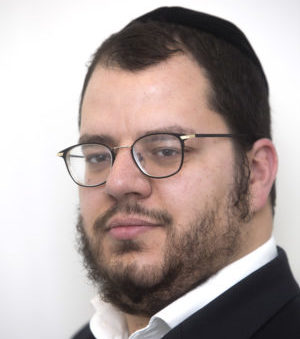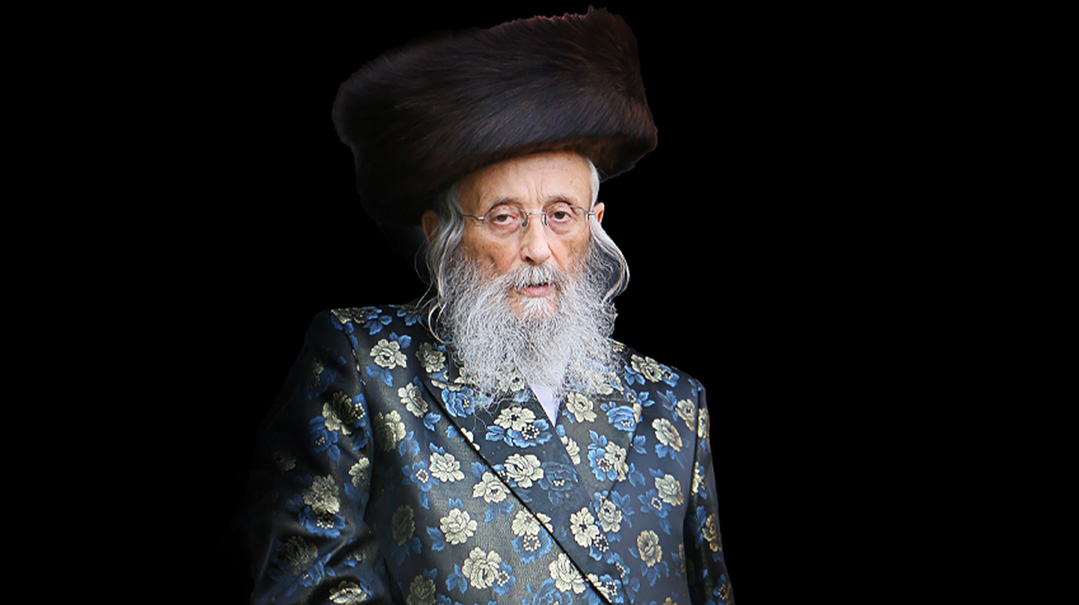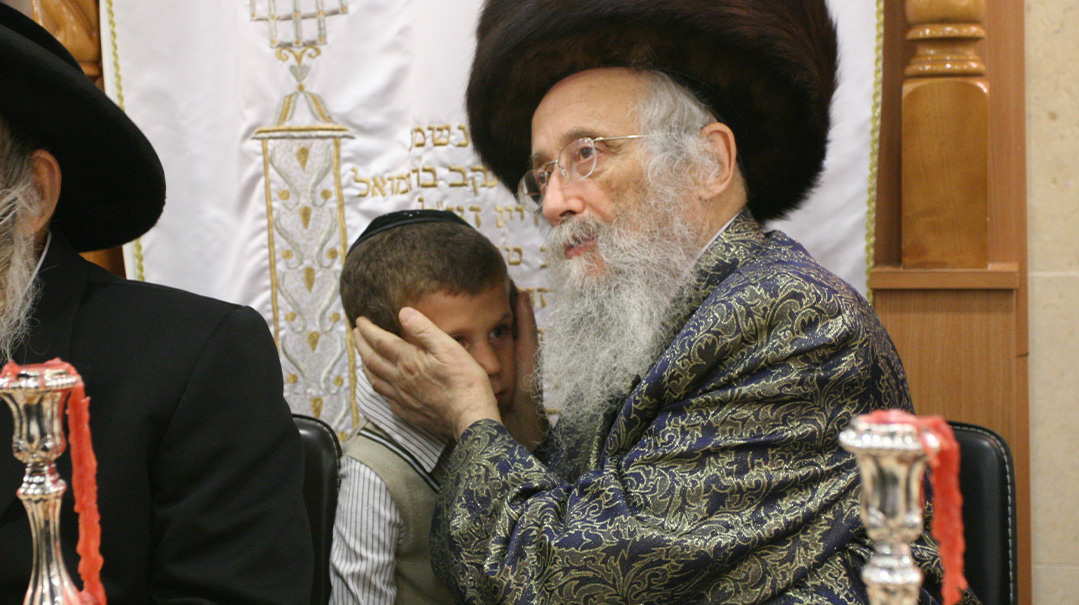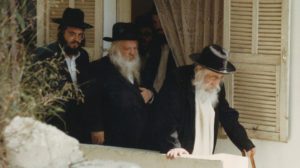Keeper of the Trust

A final conversation with the Gaavad, Rav Yitzchok Tovia Weiss

Photos: Avraham Elbaz, Mattis Goldberg, Elchanan Kotler
Rechov Givat Moshe 2 in Jerusalem, where Rav Yitzchok Tovia Weiss ztz”l lived for close to two decades before his petirah last Shabbos at age 95, is located on the border between the sacred and the mundane, between the high-tech offices of Har Hotzvim and the neighboring citadels of Torah.
That said a lot about the rav who was known as a kanoi for everything holy, from the fierce protection of Shabbos to the battle for the protection of graves, to keeping the government’s hands out of chadarim and yeshivos.
But somehow, public officials made their way to his door as well, creating an unprecedented relationship between the Eidah leadership and the country’s power brokers. (He once visited with former public security minister Yitzhak Aharonovitch of the Yisrael Beiteinu party, and the two conversed in Yiddish, a language the minister knew well from his immigrant parents. He also held a meeting with former justice minister Yaakov Neeman a”h in rich Hungarian-Yiddish.)
When the Gaavad first arrived after living in Antwerp for 37 years, where he initially served as a yeshivah rebbi and later was appointed as a rav and a dayan for the local community, he was greeted by Rav Meshulam Dovid Soloveitchik of Brisk. “I’m giving you a piece of advice,” the longtime rosh yeshivah and son of the Brisker Rav told the newly-minted Gaavad. “Open a kollel and get chavrusas and set your learning seder in stone. Otherwise, the politics and strife of Yerushalayim will sweep you in.”
The Gaavad followed the advice, spending the first four and a half hours of his day surrounded by 50 diligent avreichim and a non-negotiable chavrusa. The sign hanging at the entrance to his beis medrash reads, “It is strictly forbidden to interrupt the Gaavad while he is learning.”

Just weeks ago, I was privileged to sit with the Gaavad for what I suspected would be a parting interview. He was already quite weak with an infection from which he never recovered, and it turned out to be more a mumbled brachah than a conversation. But that was okay, because we’d had several discussions in the past, and a few years back I was even his Shabbos guest, which was an opportunity to see what happens “off hours.”
Oops! We could not locate your form.













